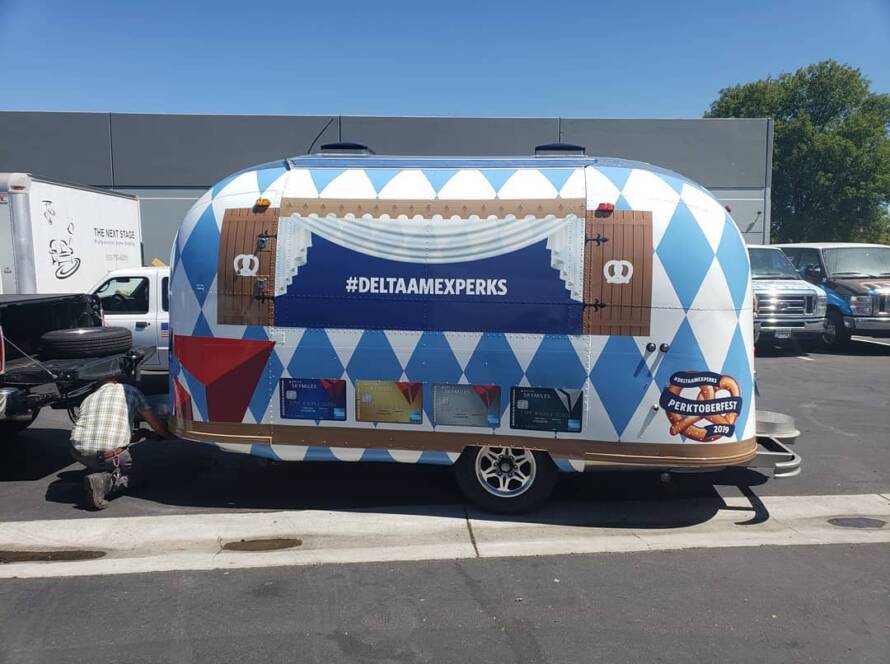Quick Navigation: Drying & Curing Your Car Window TintTable of Contents
- Introduction
- Why Tinting Your Car Matters
- Why Does Tint Need to Dry and Cure?
- How Long Does the Drying & Curing Process Take?
- What to Expect During the Curing Process
- Post-Tinting Care Tips
- Why Proper Curing Matters
- Final Thoughts
- Book Your Appointment with SFG Wraps
INTRODUCTION
Auto window tinting does more than just enhance your vehicle’s style—it’s a smart way to reduce glare, improve privacy, and protect your car’s interior from UV damage. But here’s the catch: the quality of your car window tinting doesn’t just depend on the film you choose or the skill of your installer.
It also depends heavily on what happens after the installation—specifically, during the drying and curing period.
Understanding the science and care behind this process can mean the difference between a sleek, lasting finish or a peeling, bubbled mess.

Why Tinting Your Car Matters
Auto tinting is one of the most popular vehicle upgrades in San Francisco and the East Bay Area. Not only does it instantly upgrade your vehicle’s look, but it also:
- Reduces interior heat buildup
- Blocks harmful UV rays
- Increases privacy and security
- Protects upholstery and interior surfaces
But none of these benefits hold if the tint doesn’t dry and cure correctly.

Why Does Tint Need to Dry and Cure?
When your car is tinted, a thin adhesive layer is used to bond the film to the window. This adhesive needs time to fully set and dry before it delivers optimal performance.
If the film doesn’t have a chance to properly cure:
- Moisture trapped underneath can create bubbles
- The film may peel away from the edges
- The tint’s ability to reject heat or block UV can be compromised
Think of it like paint—just because it looks dry doesn’t mean it’s cured.

How Long Does the Drying & Curing Process Take?
The drying and curing time for your car window tint typically ranges from 3 to 30 days, depending on several factors. Here’s a breakdown of the important factors that affect the timeline:
1. Weather and Climate
- Warm, Sunny Weather: Heat and direct sunlight speed up the curing process, helping the adhesive dry faster. If you’re in a hot and dry climate, the tint may cure within a week.
- Cold or Humid Weather: Cooler temperatures or high humidity will slow down the drying process. It might take up to several weeks for the curing to be complete in such conditions.
2. Type of Tint Film Used
Some films, such as ceramic or high-performance tints, have advanced adhesives that might require a little extra time to settle compared to basic dyed films.
Check out our blog post about – Ceramic vs. Carbon vs. Dyed Tint: Which is Best for Your Car?
3. Application Area
- Standard side windows typically cure faster than larger surfaces like your rear windshield, which requires more adhesive and may need extra time to dry fully.
Your installer can give you a more accurate timeline based on these factors, but giving your tint the proper time to cure is essential for long-term satisfaction.

What to Expect During the Curing Process?
It’s natural to notice certain changes during the drying phase. Here are some things you might observe:
1. Hazy or Foggy Appearance
Don’t worry if your windows appear slightly hazy immediately after installation. This is caused by the moisture between the film and the glass and is completely normal. It will disappear as the adhesive dries.
2. Small Bubbles or Water Pockets
Small air or water bubbles under the tint film are part of the curing process. These will fade away as the film fully bonds to the glass. If bubbles persist after the curing period, it may be worth contacting your installer for a professional check-up.
3. Edges Setting Into Place
The edges of your window tint may appear slightly raised initially. Over time, these will settle smoothly as adhesion strengthens.

Post-Tinting Care Tips
The curing process might seem like a waiting game, but there are steps you can take to protect your new tint and ensure the best results:
1. Avoid Rolling Down Windows
Refrain from rolling your windows down during the curing period, as this can disrupt the adhesive or cause the film to peel at the edges.
2. Be Gentle When Cleaning
Skip washing or cleaning your windows for at least a week. Once the tint has cured, only use non-ammonia cleaners and a soft microfiber cloth to avoid scratching the surface.
3. Park Wisely
Whenever possible, park your car in the sun to speed up the drying process. If you live in a cool or rainy environment, try to park in a garage or covered area to protect your tint from moisture.
4. Keep the Surface Dry
Try to avoid water exposure, such as car washes or heavy rain, during the first few days after tint installation.
5. Inspect the Film
Once the curing process is complete, take a moment to inspect the tint. It should appear smooth, bubble-free, and clear. If there are issues, don’t hesitate to contact your installer.

Why Proper Curing Matters
Taking the time to allow your tint to dry and cure properly offers several benefits:
- Enhanced Durability: A properly cured tint is less likely to peel, fade, or bubble over time.
- Flawless Aesthetic: Allowing your tint to settle ensures a sleek, polished finish with no imperfections.
- Optimal Performance: The improved bonding of the film to the glass enhances heat rejection, UV protection, and glare reduction.
At the end of the day, patience is the key. Proper curing delivers a professional finish that will serve both functional and aesthetic purposes for years.
Transform Your Ride with Confidence
The drying and curing phase may not be the most exciting part of car window tinting, but it’s arguably the most important. When you’re patient and follow expert aftercare tips, the results speak for themselves—sleek, long-lasting, and high-performing tint.
And if you’re wondering whether your vehicle is ready for a tint upgrade, we’ve got you covered.
Book Your Appointment with SFG Wraps
AtSFG Wrapsspecialize in Custom Car Wraps & Vehicle Graphics in San Francisco Bay Areaauto window tinting services that blend top-quality materials with unmatched installation precision. We guide you every step of the way—from film selection to post-installation care.Ready to give your vehicle a cooler, more polished look?
Schedule your tint appointment now or call us to speak with a tinting expert today. Serving San Francisco, Pleasanton, and the entire East Bay Area.


